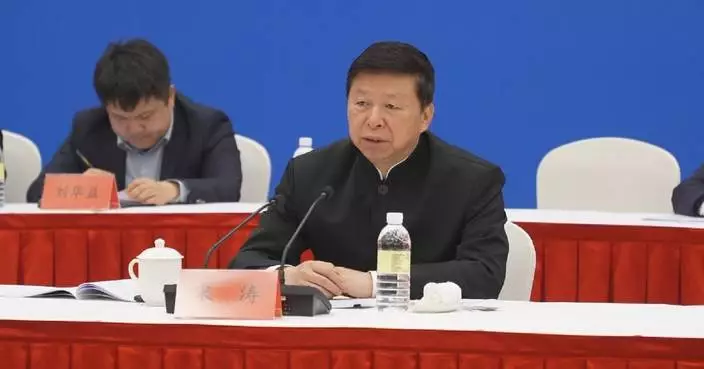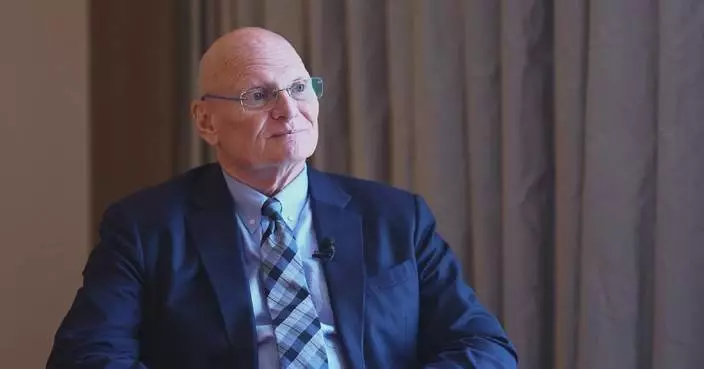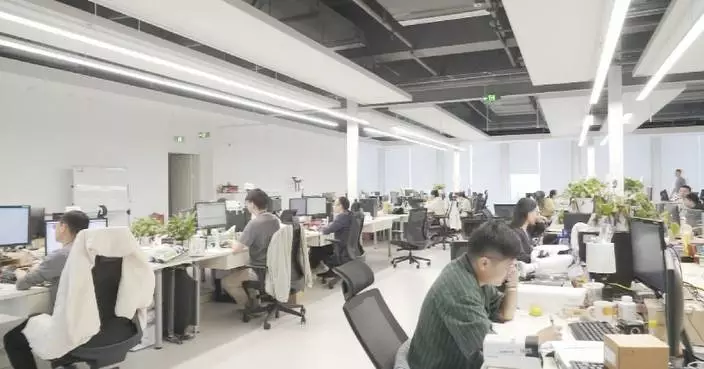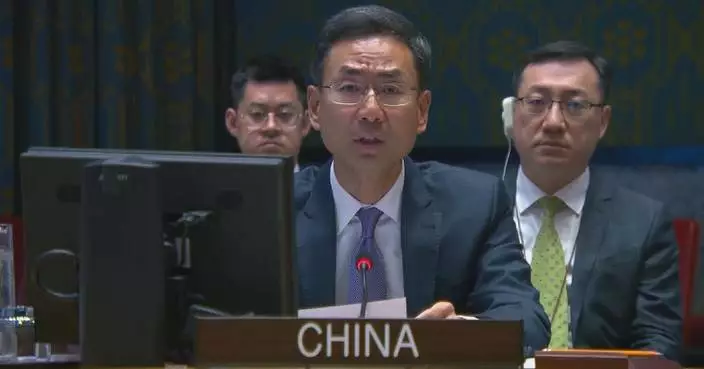An art installation located at the heart of COP16 or the United Nations biodiversity conference headquarters in Cali, Colombia, highlighted the interconnectedness of species and the urgent need to protect biodiversity.
Biodiversity Jenga is the name of this art installation, built by Canadian artist Benjamin Von Wong of Chinese descent and sponsored by SeaTrees, a non-profit organization tirelessly striving to restore oceans.
The 6.4-meter-high monument is made of hollow wooden blocks, arranged like a Jenga tower, each containing dioramas of different ecosystems, from tropical jungles to kelp forests, inhabited by tiny animal sculptures.
"As humans are destroying ecosystems piece by piece, each piece coming out reduces the resilience of the Earth and at some point, the climate and biology will collapse, so the call to action is, before that happens, let's stabilize the tower and rebuild it with resilience by putting blocks back in," said Kevin Wilden, co-founder of SeaTrees.
Biodiversity Jenga features 33 stacked blocks, each representing one of 12 distinct ecosystems from across Colombia, spanning both land and sea environments. It required collaboration, with more than 250 people working on it.
The Toronto-born artist said he hopes the sculpture gives people a new way of thinking about and discussing biodiversity loss.
Two years ago, at COP15 in Montreal, nearly 200 countries signed a landmark agreement to reverse the loss of nature by the end of the decade and raise 700 billion U.S. dollars a year to achieve that goal.
Part of the work of this year's conference is to see how far along each country is in meeting its goals.
"You have a very fragmented group of people with lots of different interests, and having something like this to me is an opportunity to create one common symbol that everyone can agree upon, while we might not agree upon what needs to be done or how quickly it needs to be done or how it should be done, what we can all agree upon is where we are today," he said.
At the COP16 biodiversity conference, SeaTrees made headlines by launching the world's first marine biodiversity credits. This new funding model, called "Biodiversity Blocks," aims to close the gap in conservation funding for marine ecosystems.
"At COP16 we have now launched the world's first marine biodiversity credit. It is called the SeaTrees Biodiversity Block, and so people can go into our website SeaTrees.org and buy Biodiversity Blocks that support a mangrove restoration in Kenya," said Whilden.
The installation will remain at the Cali botanical garden after the summit, serving as a permanent reminder of the world's responsibility to carry out COP16's slogan, to live in peace with nature.
COP16, which began on Oct 21 and will run through November 1, brings together more than 15,000 participants from over 190 countries, including global environmental ministers and ecological experts, making it the most attended event of its kind since the conference's inception in 1994.
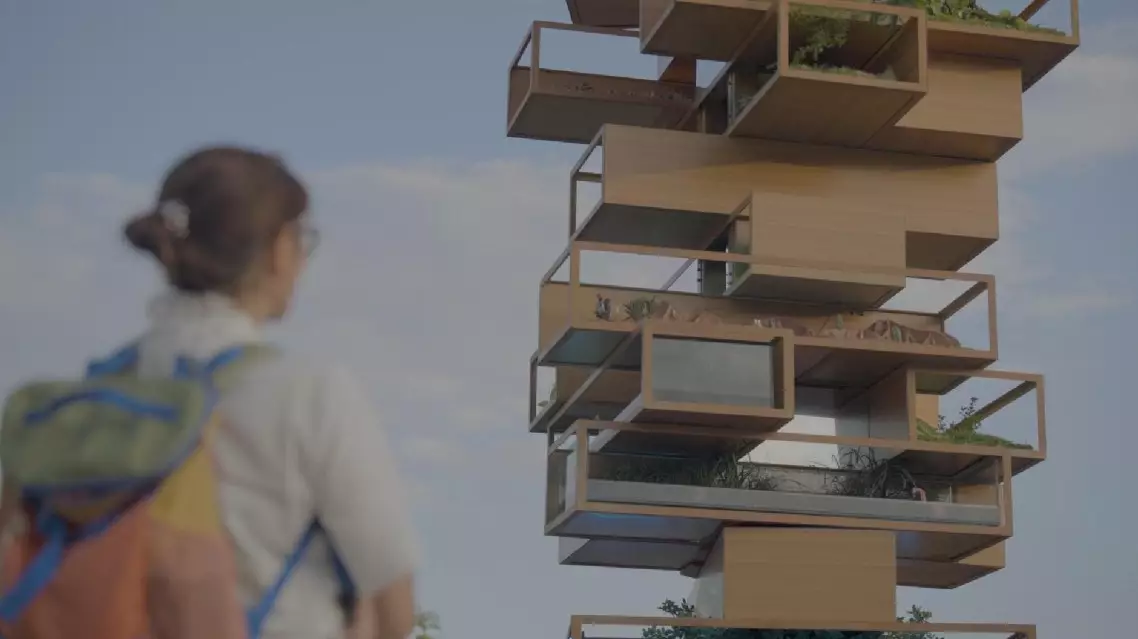
Art installation for COP16 highlights urgent need to protect biodiversity



